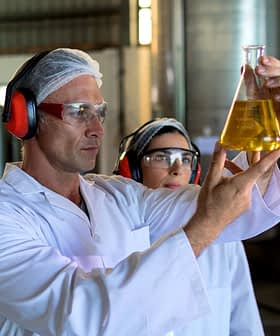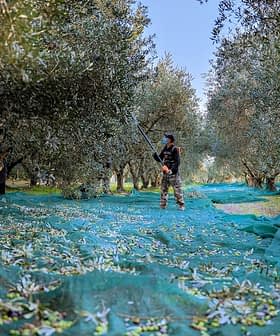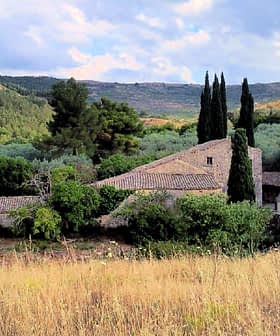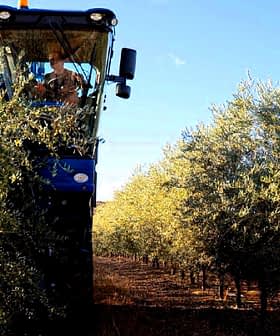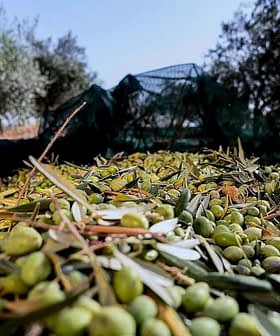“France is not necessarily known as an olive oil-producing country, so we have a big job ahead and that’s the work we do at France Olive. We communicate about this diversity of flavors and particularities of the French production,” said Laurent Bélorgey, president of France Olive, the inter-professional association of the olive sector in France.
It really is still a mysterious tree. That gives it its charm and sometimes makes it irritating.
Previously known as Afidol, the organization recently changed its name to mark its 20th anniversary and also as a way to “give it a clearer name to face future challenges.”
Olive Oil Times met Bélorgey at his estate, La Lieutenante, at the Vallée des Baux de Provence, in the South of France.
“The situation of the production of olive oil in France is rather good now. But we must know that we have come a long way for this. We had some very bad harvests that posed a risk to the production. But the last two years we’ve had pretty good harvests and now we have a satisfying level of production,” he explained.
“We had a production of around 6,000 tons last year, and this year we achieved the level of 5,500 tones,” he added.
See Also:The Best Olive Oils from France
France is the sixth-largest producer of olive oil in Europe, after Spain, Italy, Greece, Portugal and Cyprus, according to figures provided by the International Olive Council.
Following the example set by the wine sector, olive oil production in France adopted the system of protected designations of origin — or Appellation d’Origine Protegée (AOPs), by the mid-90s.
Since then, eight designations of origin were created, covering almost every region along the French Mediterranean coast.
The size of those protected areas varies from the 16 villages included within the limits of the Vallée des Baux — one of the smallest protected areas — to the 434 belonging to the AOC of Provence.
“We often say that there are some 20,000 olive producers in France. Nevertheless, that figure ranges from the small producer who has just a few olive trees in his garden and who takes his olives to the local cooperative, to the professional who cultivates 20 or 30 hectares. However, most of the producers own small properties. There are few producers with more than 50 hectares. The majority has an average of 10,” Bélorgey told us.

Olive trees at La Lieutenante (Pablo Esparza for Olive Oil Times)
France’s bid for its AOPs turned out to be one of its olive oil’s main assets — as it helped the country to preserve the particularities of its cultivars.
However, this system also brought some of the sector’s key challenges.
“There are over 20 protected local varieties in France. But those cultivars are not necessarily the most productive,” Bélorgey explained.
“The main challenge for an olive oil producer in France is to make those local varieties productive enough. We need to get the most out of them so that the producers can make a living out of their production.”
Bélorgey believes that it is possible to double the current average production of 250 liters of oil per hectare in France.
“It’s not a matter of reaching industrial production levels. It’s just about better accompanying the producers in terms of training about pruning, about watering, about fertilization, and also funding research,” he said.
France’s olive oil production suffered a severe setback in 1956 when a massive frost killed most of the country’s olive trees.
Apart from explaining why it’s hard to find old olive trees in most parts of the country, the big frost forced France, as Bélorgey put it, to “to restart from scratch.”
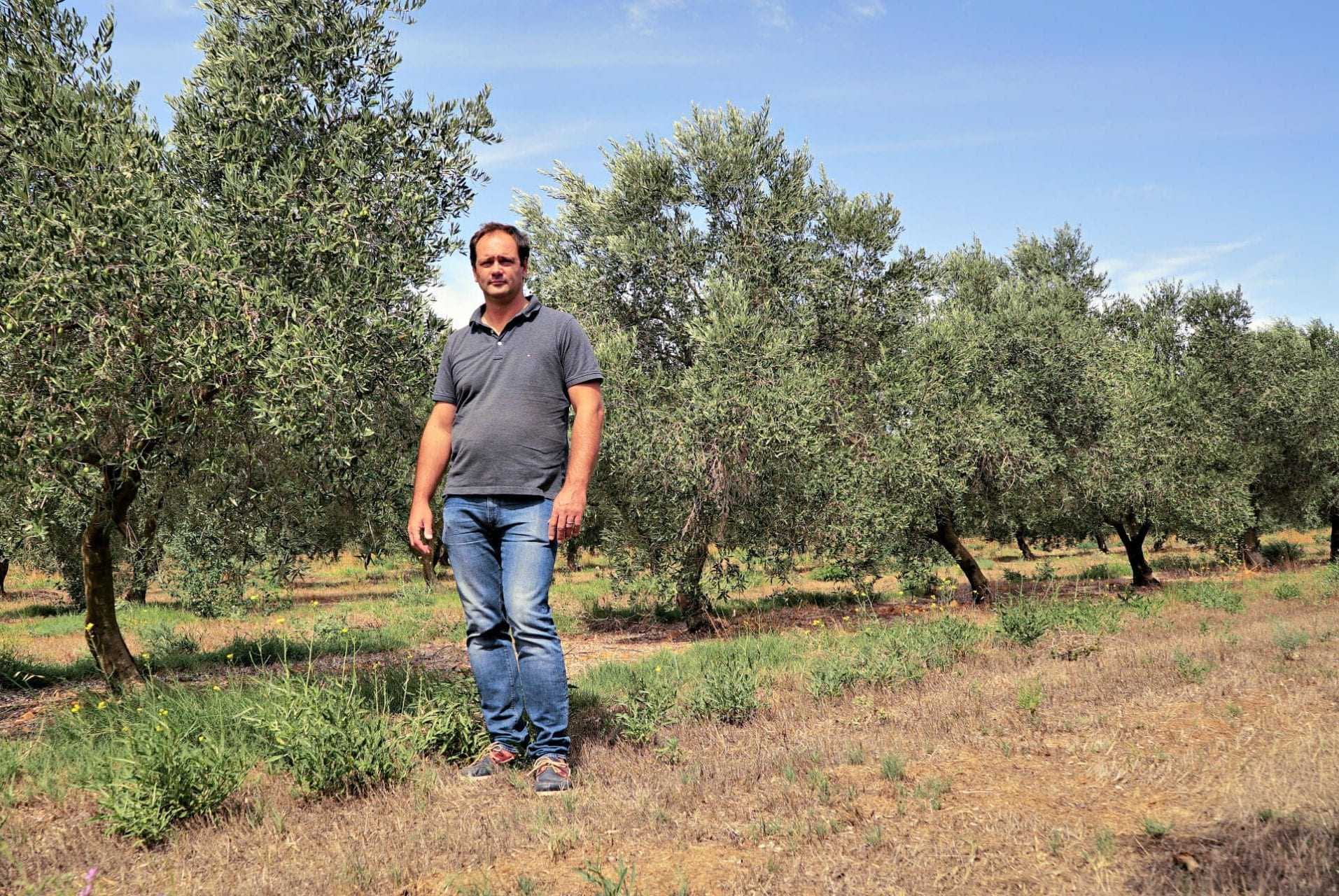
Laurent Bélorgey
After a long period, the government implemented a relaunch plan in the ’90s aimed to recover the olive oil production. Some 10,000 hectares were planted during those years, allowing the sector to look at a brighter future.
“Today, all those trees that were planted within the framework of the relaunch plan should be fully grown and increasing production,” Bélorgey said.
When asked about his personal experience as an olive oil producer, Bélorgey made a clear distinction between his role as president of France Olive and his role as owner and manager of La Lieutenante.
His estate of 48 hectares of olive trees is in the flatlands, south of the natural park of Les Alpilles, at the Vallée des Baux, in the heart of Provence.
His 13,000 olive trees produce oil that won a Gold Award at the NYIOOC World Olive Oil Competition in 2019 and 2017.
“My estate is pretty average within French production. We have a big variety of cultivars and that allows us to blend all those cultivars and get the flavor we love,” he said.
Bélorgey came back to Provence — and to olive oil production — after his father passed away in 2001.
“Before I used to work in finance at a bank in Luxembourg. Then, I decided to take charge of the family estate,” he said.
“What is really fantastic about the olive tree is that we actually don’t know it. So every year it’s a surprise because we don’t know what kind of harvest we are going to have. It really is still a mysterious tree. That gives it its charm and sometimes makes it irritating.”


